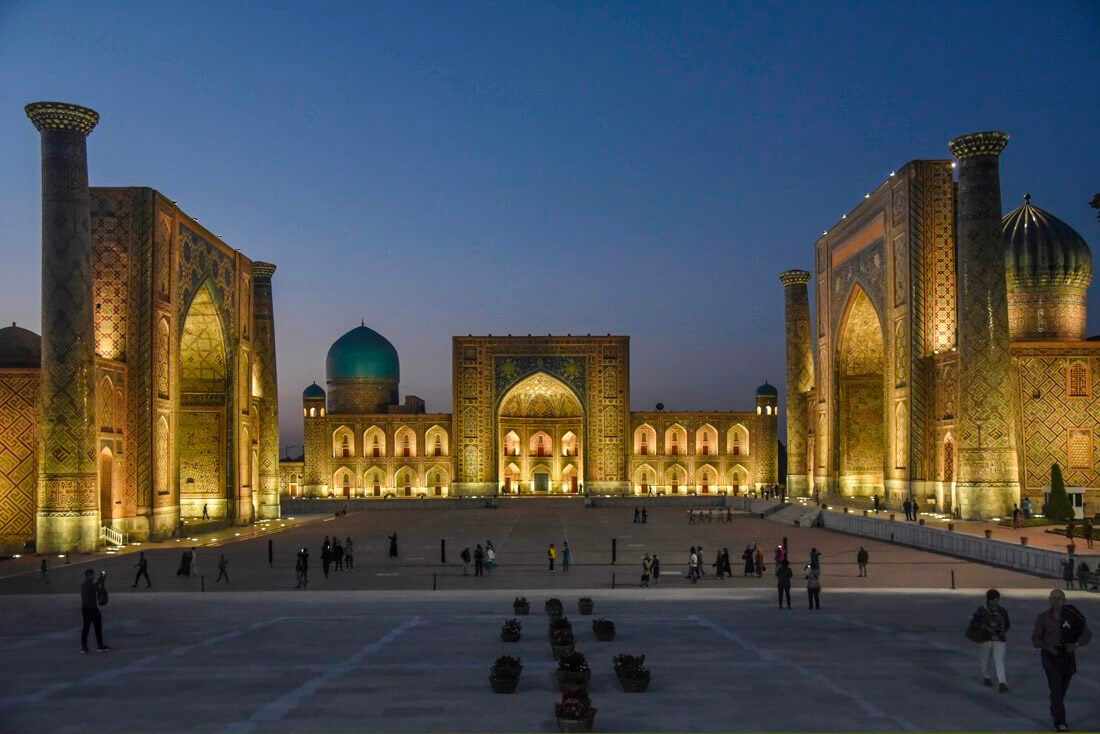Central Asia, a region steeped in history and cultural richness, has been garnering increased attention in recent years for its economic potential and geopolitical significance. As we delve into the economic landscapes of Tajikistan, Turkmenistan, Kirgystan, and Uzbekistan, we witness the intricate tapestry of opportunities and challenges that define these emerging markets in Asia.
The economic narrative of Central Asia is deeply intertwined with the legacy of the Soviet Union. The dissolution of the USSR in 1991 marked a pivotal moment for these nations, ushering in newfound independence but also posing significant challenges. As the region sought to establish its economic identity, it faced the dual task of grappling with the remnants of a centrally planned economy while navigating the complexities of forging a new path.
In the heart of Central Asia lies Uzbekistan, the most populous nation in the region. Shavkat Mirziyoyev (president Uzbekistan) has been at the forefront of transformative economic policies. His vision encompasses diversification, liberalization, and increased connectivity. Uzbekistan, under Mirziyoyev's leadership, is positioning itself as a regional economic hub, leveraging its strategic location and rich resources.
Turkmenistan, with its vast reserves of natural gas, has long relied on its hydrocarbon sector as a key driver of economic growth. The country has strategically positioned itself as a major player in the global energy market. However, the overreliance on a single sector poses challenges, prompting discussions on the need for diversification to ensure long-term sustainability.
To counter the challenges associated with a hydrocarbon-centric economy, Turkmenistan is investing heavily in infrastructure. The country's leadership recognizes the importance of building a robust foundation for economic diversification. As Turkmenistan aims to attract foreign investments, initiatives such as the Turkmenistan-Afghanistan-Pakistan-India (TAPI) gas pipeline project play a pivotal role in fostering economic connectivity and collaboration.
Kirgystan, a mountainous country with a rich cultural heritage, has faced economic uncertainties since gaining independence. The nation grapples with challenges such as political instability and external debt. However, amidst these challenges lie opportunities for economic growth through strategic reforms and international partnerships.
Kirgystan boasts abundant natural resources, including minerals and hydropower potential. Unlocking the economic potential of these resources requires a concerted effort to attract foreign investments and implement sustainable development practices. The country's leadership is actively engaging with international partners to explore avenues for economic cooperation and technological exchange.
Tajikistan, nestled in the Pamir Mountains, holds a unique position as a key player in the hydropower sector. With abundant water resources, the country is strategically positioned to harness clean and renewable energy. Tajikistan's commitment to developing its hydropower potential is not only an economic strategy but also a contribution to addressing regional energy needs and fostering environmental sustainability.
Recognizing the interdependence of Central Asian nations, Tajikistan actively participates in regional collaborations. Initiatives like the Central Asia-South Asia Electricity Transmission and Trade Project (CASA-1000) underscore the importance of cross-border partnerships in enhancing energy security and promoting economic cooperation.
Central Asia's emergence as a vital player in the global economic landscape is accentuated by its strategic location. As a land bridge connecting Europe and Asia, the region is positioned to play a crucial role in international trade and logistics. Investments in transportation infrastructure, such as the Belt and Road Initiative, further enhance Central Asia's connectivity and facilitate trade flows.
For global investors seeking untapped markets, Central Asia presents a plethora of opportunities. The region's growing middle class, coupled with efforts to improve the business climate, creates a conducive environment for foreign direct investment. As governments in the region implement economic reforms and diversification strategies, the investment landscape becomes increasingly attractive.
In conclusion, the economic trajectories of Tajikistan, Turkmenistan, Kirgystan, and Uzbekistan paint a dynamic picture of resilience, adaptability, and potential. As these nations continue to forge ahead on their paths to economic prosperity, strategic leadership, regional collaboration, and a commitment to sustainable practices will be key drivers of success. Central Asia, with its rich history and promising future, stands at the crossroads of opportunity, beckoning investors and global partners to join hands in shaping a vibrant and interconnected economic landscape.
Sources:
 What is P R bond?
27/11/2023
What is P R bond?
27/11/2023
 What is Compulsory Convertible Debentures?
27/11/2023
What is Compulsory Convertible Debentures?
27/11/2023
 Dynamics of Central Asian Economies
17/11/2023
Dynamics of Central Asian Economies
17/11/2023